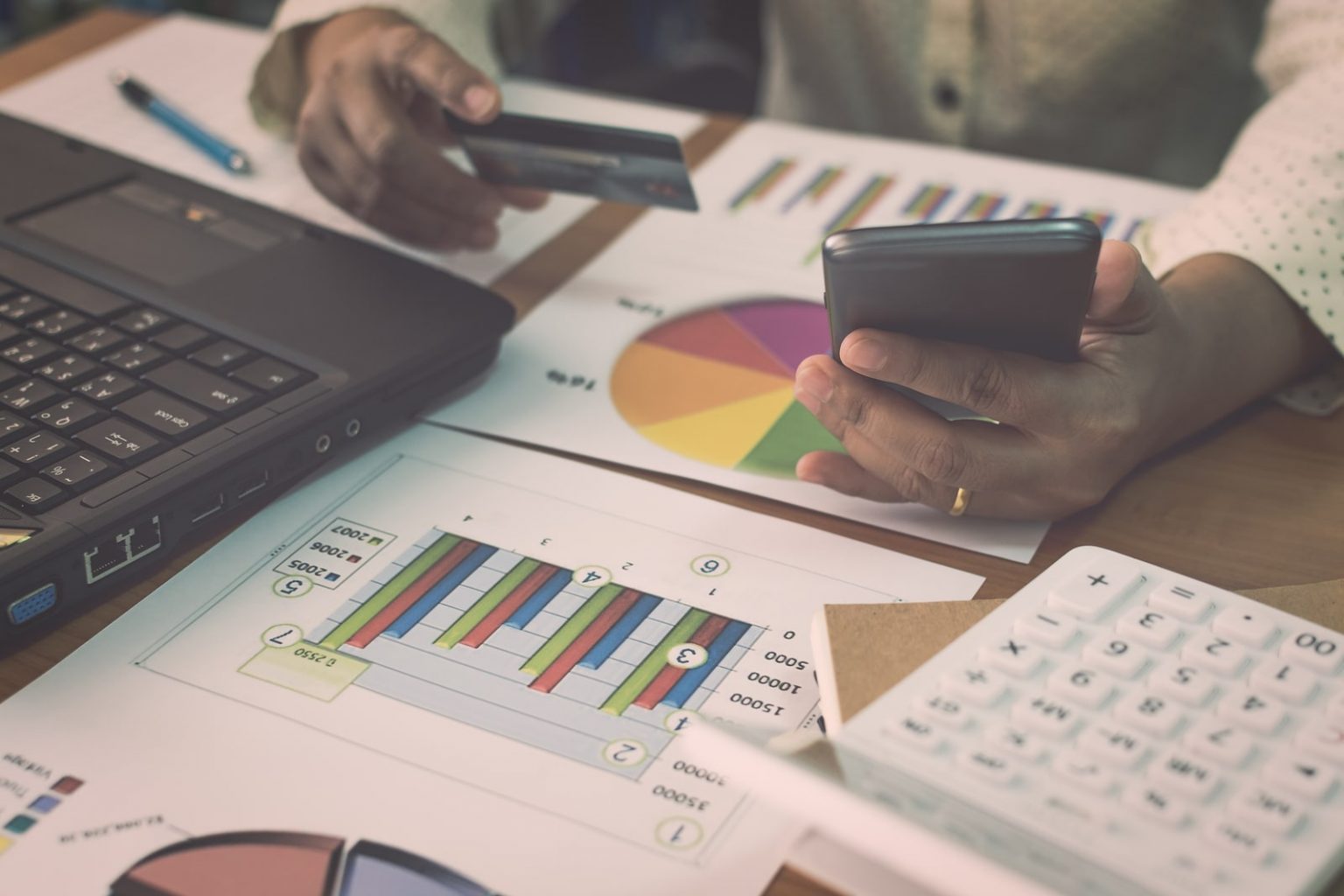Mobile commerce is rapidly becoming the go-to platform for people who want to shop online. By the end of 2018, m-commerce is expected to account for 28% of all online orders. By 2020, that number is expected to climb to 45%. For companies that want to gain a competitive edge, the emerging mobile commerce trends of 2018 will be focused on creating a better, faster customer experience.

Mobile Commerce Trend #1: Using Mobile Messaging Chatbots for Ordering
One rising trend in the m-commerce space is likely to be the use of chatbots for assisted ordering.
These chatbots essentially talk the consumer through their order, much as a sales assistant would at a retail location. Chatbots also serve as an effective customer engagement strategy, allowing the customer to interact with your brand in a way that creates a dynamic conversation.
A good example of one successful chatbot ordering strategy is Taco Bell’s Taco Bot. The Taco Bot runs on the Slack platform, a workplace messaging platform designed for enterprise use. The Taco Bot allows users to ask questions about menu items, place group orders for pickup, and confirm payments. The bot incorporates Taco Bell’s laid-back “live mas” approach and even jokes around with consumers. Taco Bell gained brand awareness and improved engagement with, and recognition of, the bot-based program by:
- Choosing the right platform: Taco Bell unleashed their bot on a platform not already saturated with brands—Slack. As a work-based messaging platform, Slack also serves as an ideal place to offer group ordering.
- Solving a problem: Chatbots need to be designed toward a specific solution. In Taco Bell’s case, this meant easing the takeout process for companies and reducing distractions at mealtime. The Taco Bot solution offered companies an easier way to place bulk orders during working hours—one that didn’t take employees away from their desks for extended periods.
- Staying true to brand: Incorporating humor into the bot, and embedding it as a part of customer service, kept the Taco Bot true to Taco Bell’s voice.
As these chatbots grow increasingly complex through artificial intelligence and machine learning advancements, it’s likely we’ll see an increase in their use for mobile commerce platforms. Bots can address questions about products and existing orders, which allows the consumers to multitask, rather than wait on hold for a customer service rep or send emails back and forth. This is part of a major trend on mobile: simplifying the consumer’s life through technology.
Mobile Commerce Trend #2: More One-Click Payment Options
One-click ordering works by automatically populating payment information previously entered by a consumer. Beginning in 1999, Amazon held the patent on one-click technology. However, that patent expired on August 17, 2017, meaning that many other companies are likely to roll out their own versions of one-click ordering in 2018.
One-click ordering decreases the likelihood that consumers will abandon their shopping carts. It also drives impulse buys online much in the same way selling candy near the register does in brick-and-mortar. Above all, one-click simplifies the shopping experience for consumers, for whom the line between in-store and mobile is becoming blurred.
Mobile Commerce Trend #3: Mobile Assisted Experiences
Another emerging trend in m-commerce is the increased use of mobile while in the seemingly endless shopping aisle. One study indicates that 60% of individuals use their mobile devices while in a store for shopping. Essentially, they’re using their mobile devices in the aisle to:
- Take part in rewards programs: Consumers use shopping apps in store to take advantage of rewards points, whether for entering a location, scanning a product, or making a purchase. Many of the most engaged consumers have incorporated shopping apps into their daily shopping routine.
- Gather product information: Consumers may use their mobile devices in-store for price comparisons and, when beacons are enabled, to locate products in the aisles. The data from such searches is valuable to marketers as well, as it gives insight into what’s driving purchases at a specific location.
- Download coupons: About 40% of consumers who report using their mobile device in-store reported using it to locate coupons for a specific product.
Consumers who are using their mobile devices while they’re in the aisle are frequently using shopping apps to assist their in-store purchasing. This melding of brick and mortar and m-commerce is becoming a major part of how consumers decide to make purchases.
All the mobile commerce trends expected in 2018 share a common theme: simplicity. Consumers want to be able to find products, get information, and pay for purchases in as few steps as possible. Shopping apps are an incredibly useful tool for brands wishing to take advantage of these emerging trends.
Shopkick offers an intuitive app to assist consumers in discovering our partner brands while also providing modern shoppers with incentives to keep shopping. To offer our app to your consumers, contact us.
Image courtesy surasaki



